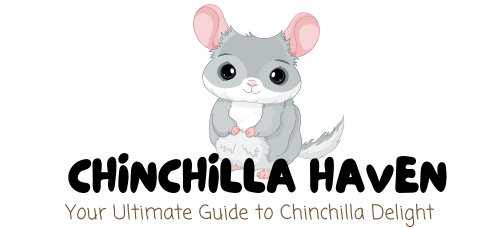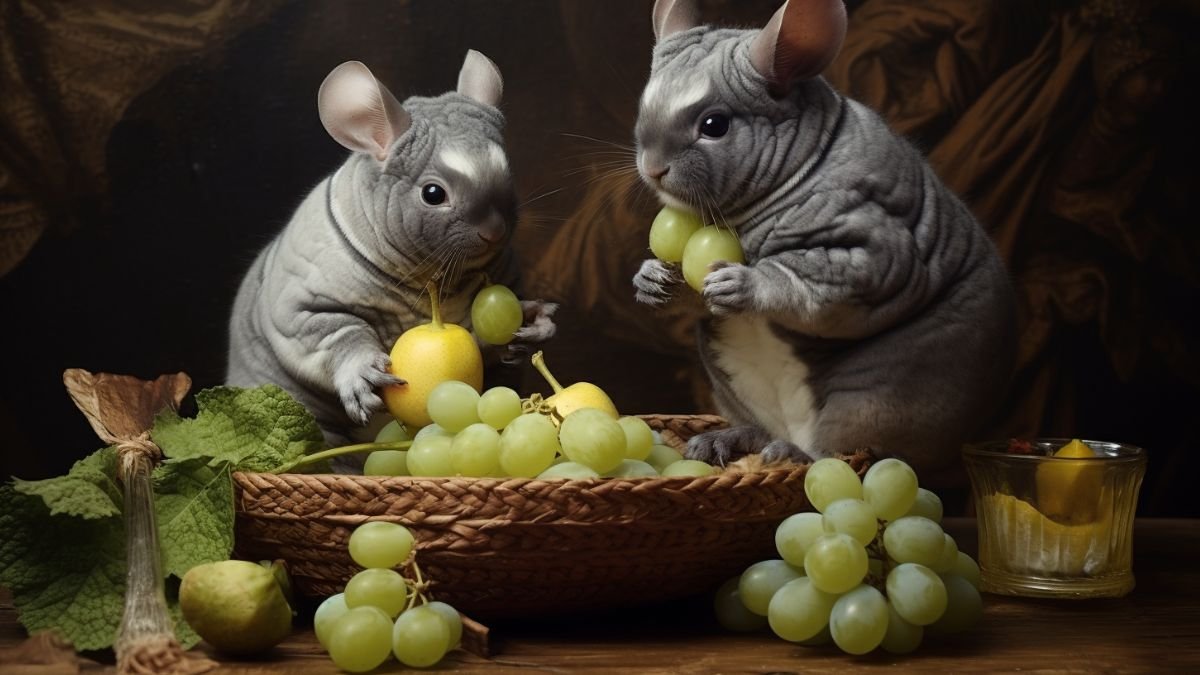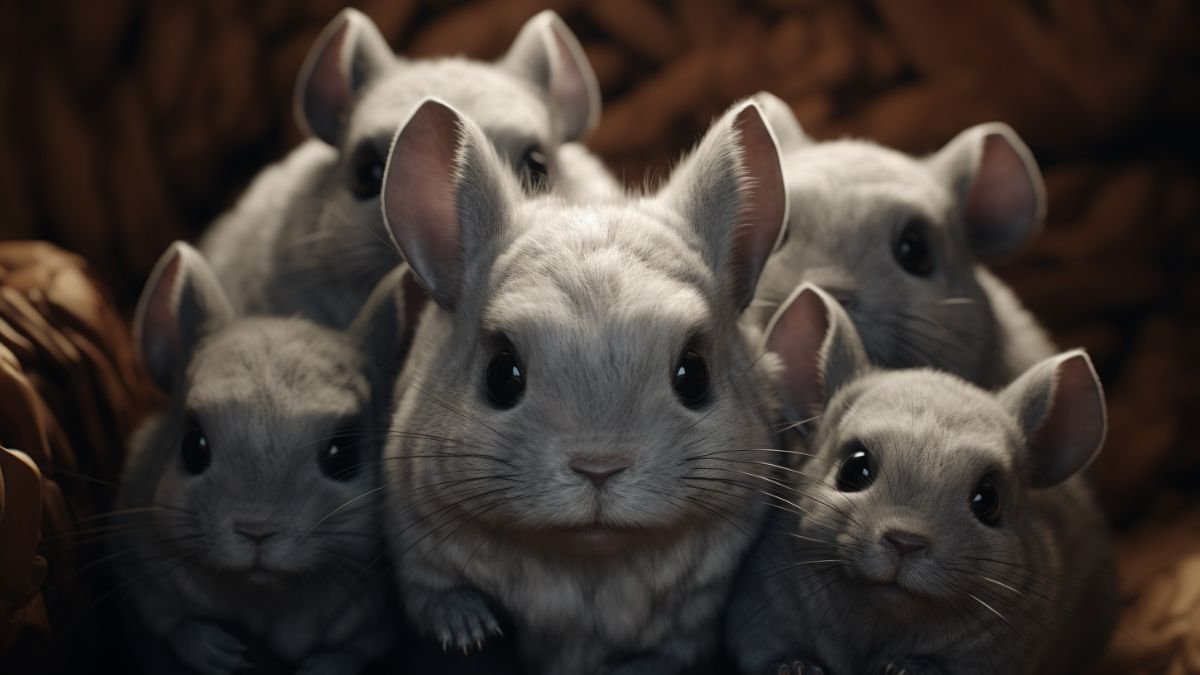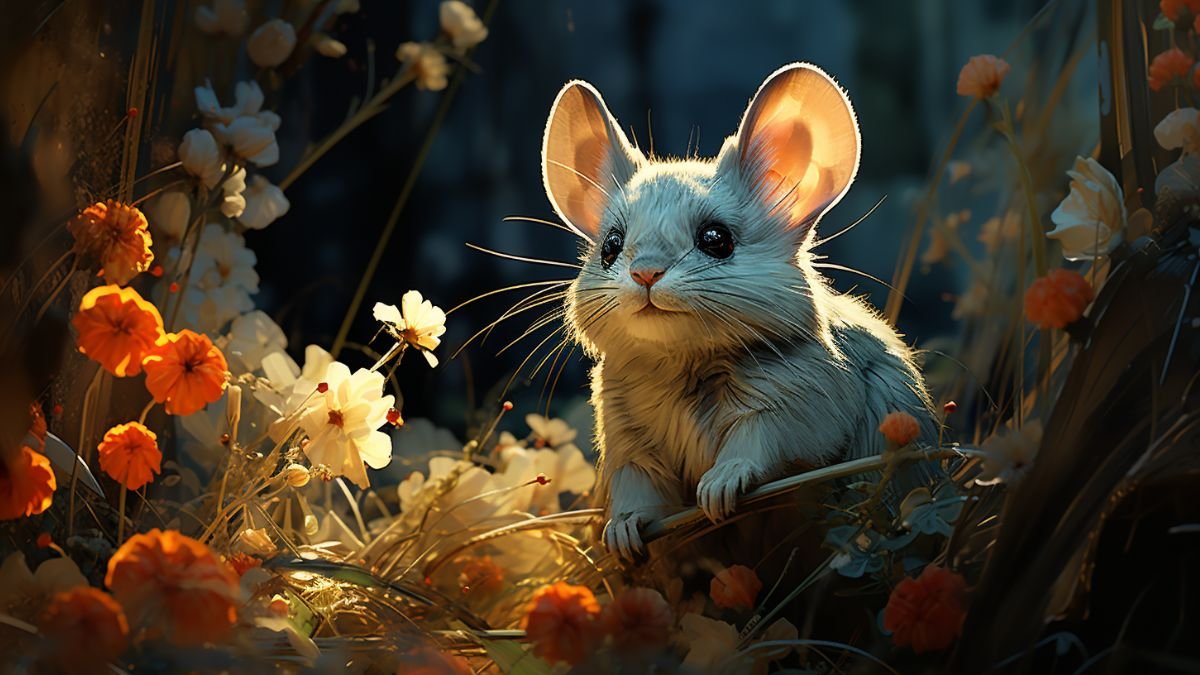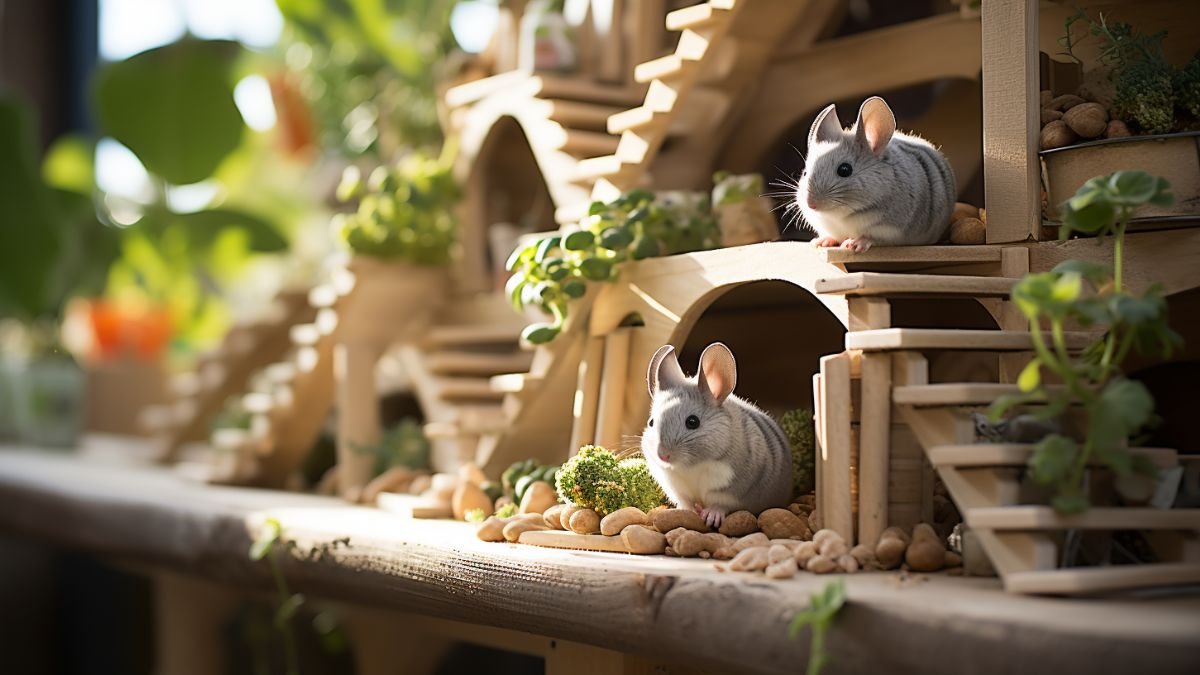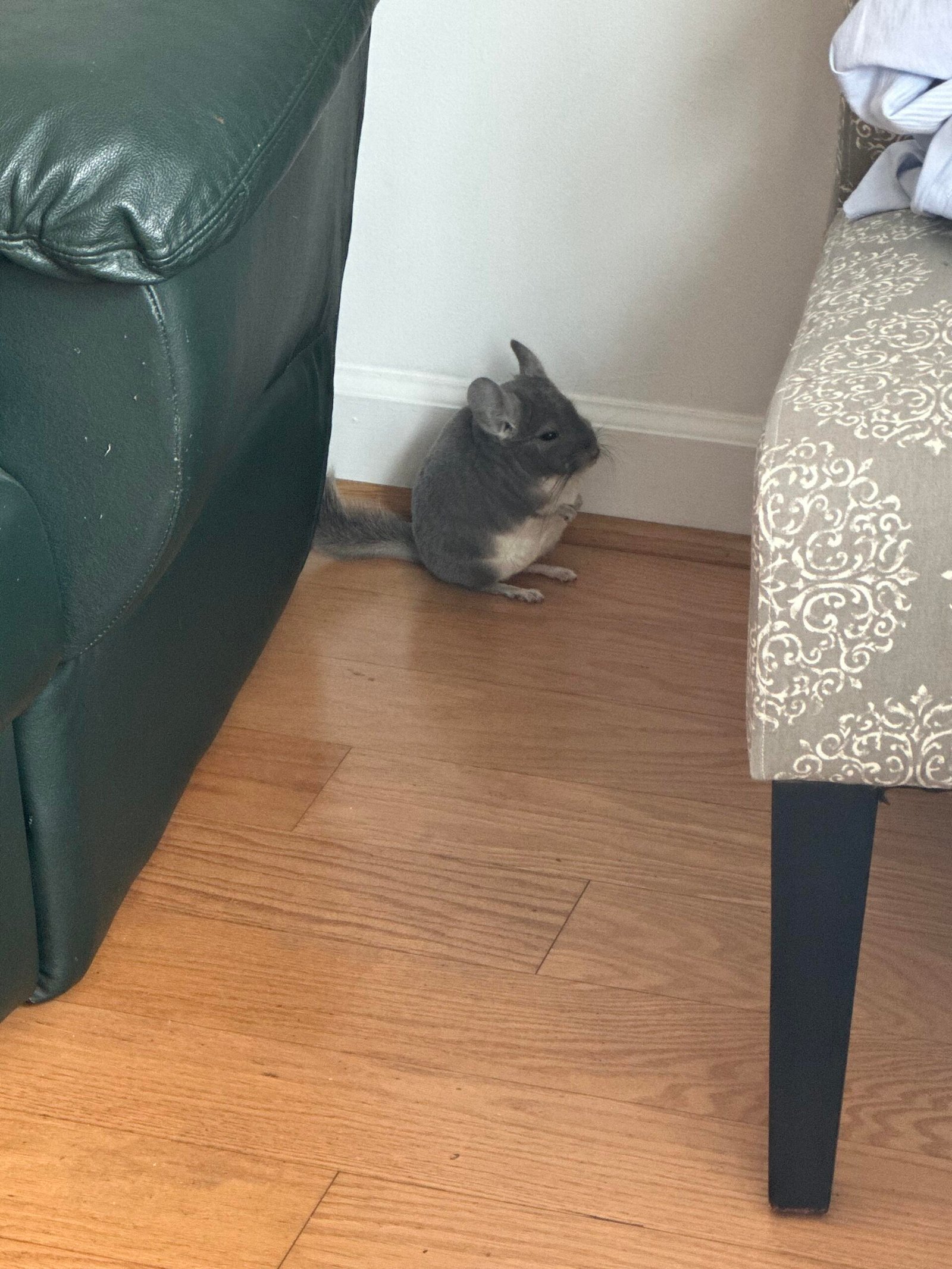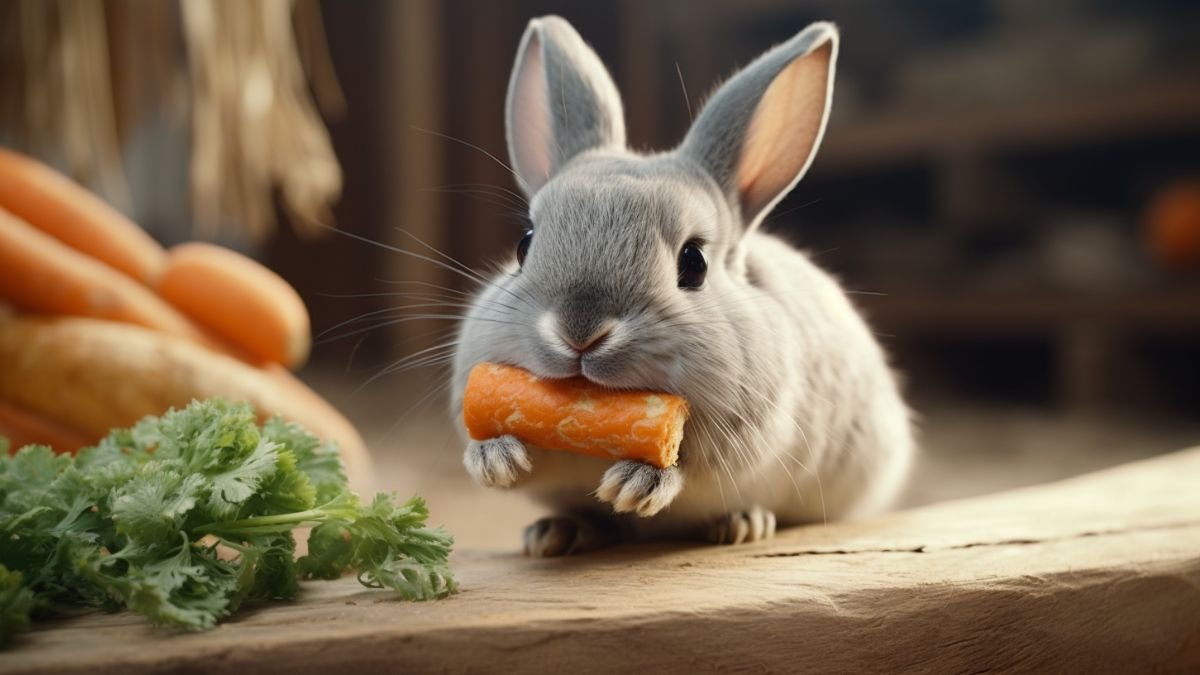
Dental disease is one of the most common—and preventable—health issues that chinchilla owners face. Because these adorable furballs have teeth that never stop growing, even small imbalances in diet or chewing habits can lead to serious problems over time. Recognizing early warning signs and providing the right care can make all the difference in your pet’s comfort, health, and lifespan.
In this guide, you’ll learn exactly how to spot the first signs of dental trouble, what causes these issues, and how to build the perfect diet and environment to keep your chinchilla’s teeth strong and healthy.
Quick Tip: Need safe chew options right now? Check out top-rated chinchilla chew toys on Amazon to help wear down teeth naturally.
Why Dental Health Matters So Much for Chinchillas
Unlike many small pets, chinchillas have hypsodontic teeth—meaning all 20 of their teeth grow continuously throughout life. In the wild, they chew coarse grasses and rough vegetation, naturally grinding their teeth down. But in captivity, imbalanced diets or limited chew opportunities can cause overgrowth and painful malocclusions (misalignments).
Unchecked dental issues can lead to infection, eye problems, digestive distress, and even organ failure. That’s why learning to identify early symptoms is essential for every responsible chinchilla owner.
Understanding the Anatomy of Chinchilla Teeth
Each chinchilla has:
- 4 incisors – the large front teeth that grow quickly and are visible when they nibble.
- 16 cheek teeth (premolars and molars) – located deep inside the mouth and responsible for grinding hay and pellets.
The incisors and molars both grow continuously, and if any tooth becomes misaligned, the opposing tooth will fail to wear correctly—leading to spurs, sharp edges, or root elongation. Over time, this can cause drooling, loss of appetite, or even jaw deformity.
Healthy chinchilla teeth should be yellowish-orange (not white) and perfectly aligned. The natural pigment indicates good mineral balance and enamel strength.
Recommended Reading: Learn more about maintaining a balanced diet in our guide on optimal chinchilla diet.
Main Causes of Dental Problems in Chinchillas
Understanding what causes dental issues helps you prevent them early. Below are the primary triggers of malocclusion and tooth overgrowth in pet chinchillas.
1. Poor Diet
A diet low in hay or high in pellets can quickly lead to uneven tooth wear. Hay provides essential fiber and mechanical abrasion. Without it, teeth grow unchecked, leading to sharp edges or spurs that cut the tongue or cheeks.
Always make timothy hay the core of your chinchilla’s diet. Supplement with high-quality pellets such as Oxbow Essentials Chinchilla Food and offer natural chew toys to promote healthy wear.
2. Genetic Factors
Some chinchillas inherit jaw or skull shapes that make them prone to dental malocclusion. This is particularly true for certain breeding lines. While it can’t be cured, a proper diet and regular vet check-ups can slow progression.
3. Trauma or Injury
Falls, cage accidents, or rough handling can cause tooth fractures or root misalignment. If your chinchilla has had a recent fall or shows sudden eating difficulty, consult an exotic vet immediately.
4. Infection & Abscess Formation
Untreated dental wounds can lead to bacterial infections, causing abscesses along the jawline. These are painful and may require surgical drainage or antibiotics. Keeping your pet’s environment clean helps reduce this risk—learn how in our post on how often to clean a chinchilla cage.
5. Lack of Proper Chewing Opportunities
Chinchillas need constant access to chew materials. Inadequate enrichment often leads to boredom and poor dental wear. Offer wooden ledges, pumice stones, and lava bites. For ideas, explore our guide to best chinchilla toys.
Pro Tip: Stock up on safe chewing options such as pumice stones or apple wood sticks to keep teeth healthy and boredom low.
6. Vitamin or Mineral Deficiencies
Insufficient calcium, phosphorus, or vitamin D can weaken tooth enamel. Although rare, chinchillas housed indoors without natural sunlight may need minor supplementation. Discuss options with a vet before altering the diet.
In the next section, we’ll explore the most reliable early warning signs that your chinchilla may be developing dental disease—so you can catch issues before they become emergencies.
Early Warning Signs of Dental Disease in Chinchillas
Because chinchillas instinctively hide pain, dental problems can go unnoticed until they’re advanced. Learning to recognize subtle changes early can save your pet from major discomfort—and costly vet visits later.
1. Drooling or Wet Fur Under the Chin
Excess saliva, sometimes called “slobbers,” is one of the earliest and clearest warning signs of malocclusion. If the fur beneath your chinchilla’s mouth looks damp, the teeth may already be misaligned.
2. Selective or Reduced Eating
Watch for signs that your chinchilla is avoiding hay and choosing only soft foods. Difficulty chewing coarse hay strands is often linked to molar pain. Over time, this leads to weight loss and digestive imbalance.
3. Grinding Noises or Tooth Clicking
Occasional tooth grinding is normal, but repetitive clicking or clenching may signal irritation or pain. Combine this with appetite loss, and you likely have an early dental concern.
4. Weight Loss and Low Energy
Chinchillas with sore teeth may stop eating normally. Track their weight weekly using a digital pet scale. Even small fluctuations can indicate an underlying issue.
5. Facial or Jaw Swelling
Root elongation can press into the jawbone or sinuses, creating visible swelling or discharge. If you see asymmetry in your chinchilla’s face, consult your vet immediately.
6. Behavioral Changes
Look for irritability, reduced grooming, or hiding more than usual. These behavioral shifts often appear before physical symptoms do. Learn more about chinchilla behavior in our article on how smart chinchillas are—understanding normal behavior helps spot problems faster.
Tip: Keep a weekly log of your chinchilla’s weight, appetite, and behavior to detect subtle dental issues early. Use a simple notebook or a pet health journal.
How Vets Diagnose Dental Disease
Even experienced owners can miss hidden molar problems—vets use specialized tools to look deep inside the mouth. Here’s what to expect during a professional exam:
- Oral inspection: Your vet may use an otoscope or endoscope to check for spurs or misalignment.
- Skull radiographs (X-rays): These reveal root elongation, abscesses, or sinus pressure.
- Palpation: The vet gently feels along the jawline for swelling or heat.
- Weight review: Steady monitoring can uncover long-term patterns.
Routine dental check-ups once or twice a year are recommended—especially if your chinchilla is over three years old or has shown prior issues.
Treatment Options for Dental Problems
If your vet confirms a dental condition, prompt treatment is essential. Depending on severity, solutions may include:
1. Tooth Trimming or Filing
Overgrown incisors or molars are usually filed under light anesthesia. Never attempt to trim your chinchilla’s teeth at home—improper tools can fracture the tooth root and worsen pain.
2. Treating Abscesses or Infections
Abscesses require draining and antibiotics. You may need to provide supportive feeding afterward with a hand-feeding syringe kit and soft recovery diet.
3. Pain Management
Vets often prescribe anti-inflammatory medication or mild pain relief. Never self-medicate—chinchillas are sensitive to many human and cat drugs.
4. Corrective Dental Surgery
For severe cases, partial tooth removal or realignment may be required. Regular follow-ups and a gentle diet afterward ensure proper healing.
Recovery Essentials: Keep your pet warm, hydrated, and stress-free during recovery. Offer timothy hay cubes and soft pellets to encourage chewing once the vet approves.
Preventing Dental Disease in Chinchillas
Prevention is always easier—and cheaper—than treatment. The key lies in providing the right nutrition, enrichment, and routine care.
1. Diet Optimization
Your chinchilla’s daily food should be about 80–90% high-fiber hay. The rest can be quality pellets and occasional treats. Avoid sugary snacks and high-carbohydrate foods.
- Hay: Timothy hay or orchard grass.
- Pellets: Oxbow Essentials Chinchilla Food.
- Treats: See our article on healthy chinchilla treats.
2. Provide Constant Chewing Opportunities
Rotate chew toys weekly to prevent boredom and ensure varied tooth wear. Use wood blocks, lava ledges, and pumice stones. Avoid plastic or painted materials.
3. Enrich the Environment
A large cage with ledges and foraging toys encourages natural chewing behavior. Explore our guide to chinchilla hideout houses to create a more stimulating habitat.
4. Monitor Regularly
Perform quick visual checks weekly and record weight. Annual dental X-rays are ideal for early detection of hidden molar issues.
Save Time: Browse complete chinchilla care kits for everything you need to maintain dental and overall health.
Top 5 Products for Chinchilla Dental Health and Care
| Rank | Product Name | Description | Amazon Link |
|---|---|---|---|
| 1 | Oxbow Western Timothy Hay | High-fiber hay that promotes natural tooth wear and healthy digestion. | View on Amazon |
| 2 | Oxbow Essentials Chinchilla Food | Balanced pellets designed for dental and digestive health. | View on Amazon |
| 3 | Kaytee Lava Ledge Chew Toy | Mountable lava stone that encourages chewing and exercise. | View on Amazon |
| 4 | Kaytee Apple Orchard Sticks | Natural wood sticks for safe, flavorful gnawing that maintains tooth length. | View on Amazon |
| 5 | Lixit Hand Feeding Syringe Kit | Useful for feeding recovery diets after dental trimming or surgery. | View on Amazon |
All these items are easily available through Amazon US and help ensure your chinchilla’s dental routine remains simple, effective, and safe.
Home Dental Health Routine for Your Chinchilla
Once your chinchilla’s diet and environment are in check, it’s time to build a consistent home routine to prevent problems from ever developing. A few minutes each week can make a lifelong difference.
1. Weekly Teeth Inspection
Use a small flashlight such as a precision inspection flashlight to look at the front incisors. Check that they’re straight, evenly colored (yellowish-orange), and not overgrown.
2. Monitor Weight Regularly
Weigh your chinchilla weekly on a digital pet scale to detect changes early. A sudden drop of more than 10% could mean your pet is eating less due to discomfort.
3. Encourage Natural Chewing
Place chew toys, pumice stones, and apple wood sticks around the cage. Rotate them weekly to maintain interest. Read our full post on chinchilla chew toys for safe recommendations.
4. Track Eating and Behavior
Keep a simple feeding log. If you notice reduced hay consumption or drooling, schedule a vet appointment. Consistency helps spot subtle trends.
Pro Tip: Create a “chinchilla care checklist” that includes daily feeding, hay refilling, and weekly weight monitoring to stay on top of dental health.
When to See a Vet Immediately
Even with the best care, dental issues can develop. Call your exotic vet as soon as you notice:
- Refusal to eat or chew hay
- Constant drooling or damp chin
- Swollen cheeks or jaw
- Rapid weight loss (10%+ of body weight)
- Blood around the mouth or nose
These symptoms indicate that the problem has progressed and requires professional intervention. Quick action prevents permanent damage.
FAQs About Chinchilla Dental Disease
Do chinchilla teeth ever stop growing?
No. All 20 of a chinchilla’s teeth grow continuously throughout its life. That’s why constant chewing and hay are essential to keep them at the right length.
Can I trim my chinchilla’s teeth at home?
Never. Home trimming is extremely risky and can fracture the tooth root. Always let an experienced exotic vet handle dental trims under anesthesia.
What’s the best food for chinchilla dental health?
High-fiber hay like timothy hay or orchard grass is ideal. Combine it with Oxbow pellets for a balanced diet.
How often should a vet check my chinchilla’s teeth?
At least once a year, or twice if your pet has a history of dental issues. Early X-rays can reveal hidden molar elongation before symptoms appear.
What happens if dental disease is left untreated?
Neglected dental issues can cause abscesses, starvation, and severe jaw deformities. In extreme cases, it can be fatal. Prevention and early detection are key.
Summary and Key Takeaways
- Chinchilla teeth grow for life—balanced diet and constant chewing are non-negotiable.
- Look for early signs: drooling, appetite loss, or face swelling.
- Schedule yearly vet checks with X-rays for preventive care.
- Provide unlimited hay, safe chew toys, and clean housing.
- Track weight weekly to catch subtle changes in health.
By following these steps, you’ll protect your chinchilla from one of the most common and painful health issues they can face. Prevention truly is the best cure.
Next Read: Learn how to create a cozy, chew-friendly habitat in our guide on habitat setup for chinchillas.
Written by Chinchilla Haven
Chinchilla Haven provides expert guides, product reviews, and care tips for chinchilla owners who want their pets to live long, healthy, and happy lives. Explore more articles on ChinchillaHaven.com.
How to Recognize Early Dental Disease in Chinchillas
